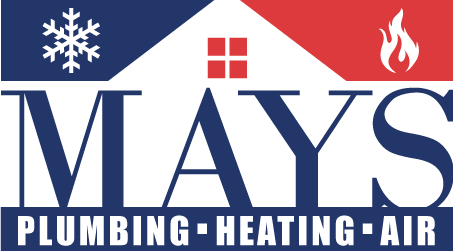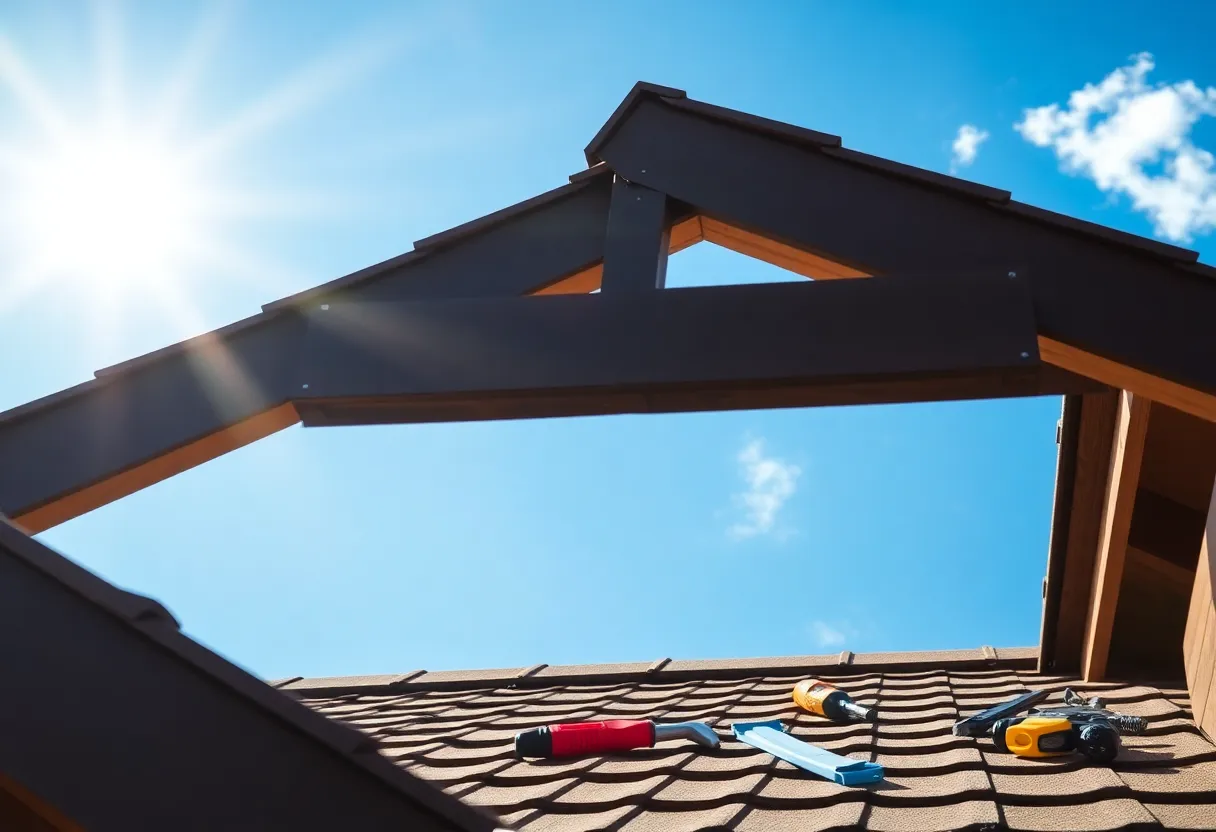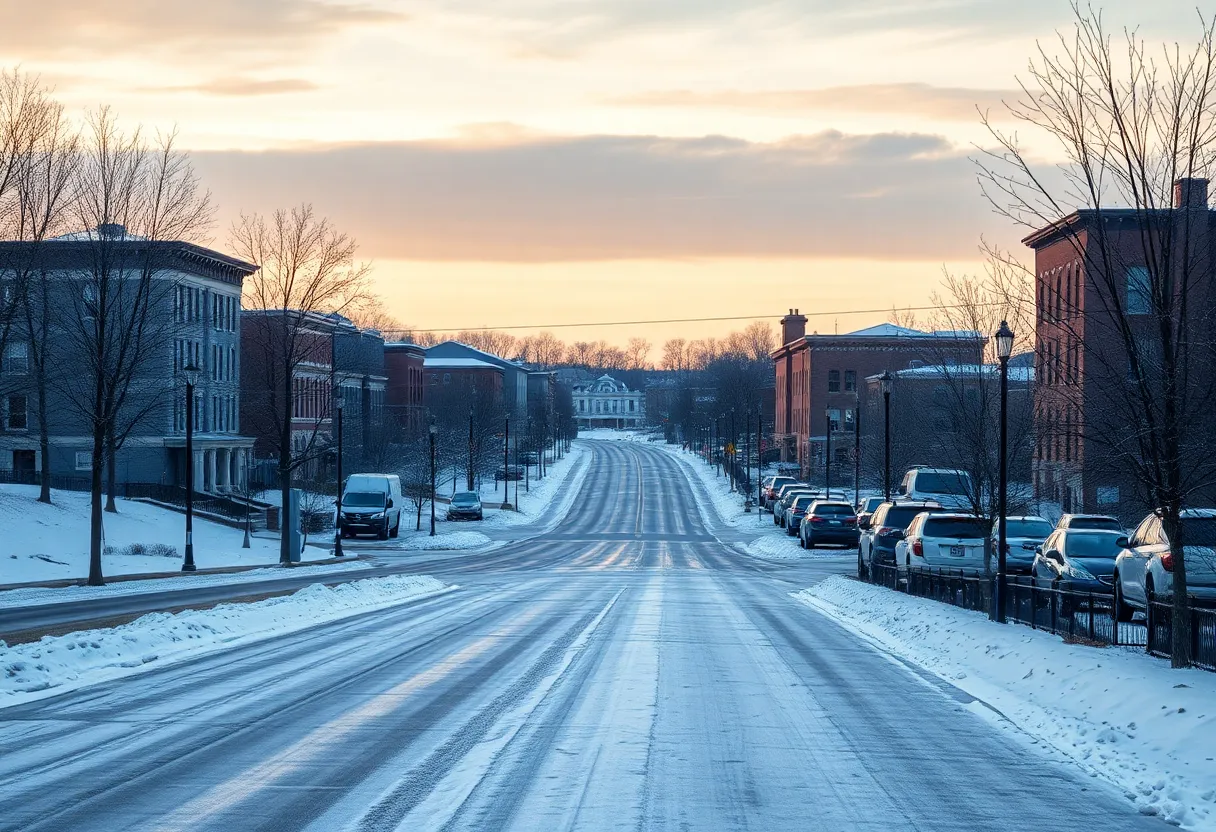How Can You Prepare Your Roof for Summer Heat to Ensure Longevity?
The summer season brings with it intense heat and harmful UV rays that can significantly impact the integrity of your roof. Ensuring your roof’s longevity during these scorching months involves a series of preparations and maintenance tasks. This article outlines the essential steps to effectively prepare your roof for summer heat.
Understanding the Impact of Summer Heat on Roofs
Before delving into preparations, it’s crucial to understand how heat affects roofing materials. Prolonged exposure to high temperatures can lead to:
- Thermal Expansion: Roofing materials expand in the heat, which can create stress and lead to cracks.
- UV Damage: The sun’s UV rays can degrade roofing materials, leading to fading and deterioration.
- Increased Energy Costs: A poorly insulated roof can lead to higher cooling costs as your air conditioning works harder to maintain a comfortable temperature indoors.
Essential Preparations for Summer Roof Care
1. Conduct a Thorough Inspection
Before summer arrives, conduct a comprehensive inspection of your roof.This assessment can identify potential vulnerabilities that might exacerbate heat damage. Look for:
- Cracked or missing shingles
- Worn-out flashing around chimneys and vents
- Deterioration of roofing materials
- Moss or algae buildup
If these issues are addressed early, the risk of more significant damage can be minimized.
2. Clean Your Roof Regularly
Keeping your roof clean is essential for maintaining its longevity. Leaves, branches, and debris can trap moisture, promoting mold and algae growth.
Use a soft-bristle brush or a broom to gently remove debris. For stubborn areas, a power washer with a low PSI can be useful, but care must be taken not to damage shingles.
Tip:
Utilize a biodegradable cleaning solution to eliminate moss or algae without harming the environment.
3. Ensure Proper Ventilation
Proper attic ventilation is vital for regulating temperature and moisture levels. Roofs without adequate ventilation can experience unhealthy heat buildup, which may lead to warping or peeling materials.
Consider installing:
- Ridge vents
- Soffit vents
- Static or powered exhaust fans
These systems help maintain a balanced airflow that cools the roof and enhances energy efficiency.
4. Check and Repair Sealants
Sealants around chimneys, skylights, and vents play a critical role in preventing leaks. Inspect these areas to ensure that sealants are intact and properly applied.
If any wear or damage is observed, remove the old sealant and apply a new, high-quality roofing sealant. This step is crucial for longevity and effectiveness against summer storms.
5. Upgrade Roof Insulation
Insufficient insulation can lead to heat buildup in your attic and increase cooling costs. Consider adding insulation material to your roof to keep the heat at bay.
Some effective insulating materials include:
- Fiberglass batts or rolls
- Spray foam insulation
- Reflective insulation materials
Upgrading your insulation not only benefits your roof but also enhances overall energy efficiency.
Choosing the Right Roofing Material
1. Reflective Roofing Options
When replacing a roof, consider reflective roofing materials that can bounce off sunlight and heat, reducing thermal absorption.
Examples of reflective materials include:
- White or light-colored shingles
- Metal roofing with reflective coatings
- Cool roofing membranes
These materials can dramatically lower home temperatures and reduce energy costs.
2. Durable Materials with Longevity
Investing in durable roofing materials can save on future repairs and replacements. Options like metal, slate, and tile are known for their longevity and resistance to heat.
Although the initial investment might be higher, the long-term savings on maintenance and energy bills make these choices worthwhile.
Regular Maintenance Practices
1. Schedule Professional Inspections
Having a professional inspect your roof at least once a year can catch problems early, preventing costly repairs down the line.
Professionals can also provide specialized insights on your particular roofing material and its vulnerabilities.
2. Trim Overhanging Branches
Overhanging branches can cause roofs to collect debris, creating moisture hotspots that may lead to rot. Regularly trim any branches that pose a risk, especially those that could fall during a storm.
3. Monitor Weather Conditions
Stay informed about local weather conditions. Extreme heat followed by sudden storms can wreak havoc on your roof. Be proactive by preparing your roof for adverse weather as summer progresses. This involves reinforcing weak spots and ensuring drainage systems are clear.
Concluding Thoughts on Roof Preparation
Preparing your roof for summer heat is essential for ensuring longevity and maintaining structural integrity. A proactive approach—encompassing inspection, cleaning, ventilation, insulation, and material choice—will not only protect your roof but also enhance your home’s overall energy efficiency.
By introducing and adhering to these practices, you can outsmart the summer heat, ultimately prolonging the life of your roof. Regular maintenance and timely interventions are key to safeguarding your investment for seasons to come.
Author: STAFF HERE ROCK HILL
The ROCK HILL STAFF WRITER represents the experienced team at HERERockHill.com, your go-to source for actionable local news and information in Rock Hill, York County, and beyond. Specializing in "news you can use," we cover essential topics like product reviews for personal and business needs, local business directories, politics, real estate trends, neighborhood insights, and state news affecting the area—with deep expertise drawn from years of dedicated reporting and strong community input, including local press releases and business updates. We deliver top reporting on high-value events such as the Come-See-Me Festival, Rock Hill Arts Festival, and motorsport events at the Rock Hill Velodrome. Our coverage extends to key organizations like the Rock Hill Chamber of Commerce and the Culture & Heritage Museums, plus leading businesses in manufacturing and technology that power the local economy such as 3D Systems and Comporium. As part of the broader HERE network, including HEREAiken.com, HEREBeaufort.com, HEREChapin.com, HERECharleston.com, HEREClinton.com, HEREColumbia.com, HEREGeorgetown.com, HEREGreenwood.com, HEREGreenville.com, HEREHiltonHead.com, HEREIrmo.com, HEREMyrtleBeach.com, HERENewberry.com, HERERockHill.com, and HERESpartanburg.com, we provide comprehensive, credible insights into South Carolina's dynamic landscape.



 Mays Contracting
Mays Contracting

